Wrist Hinge In The Golf Swing Explained
Golf Monthly Top 50 Coaches John Howells and Katie Dawkins discuss wrist hinge in the golf swing and how it can help golfers generate more power
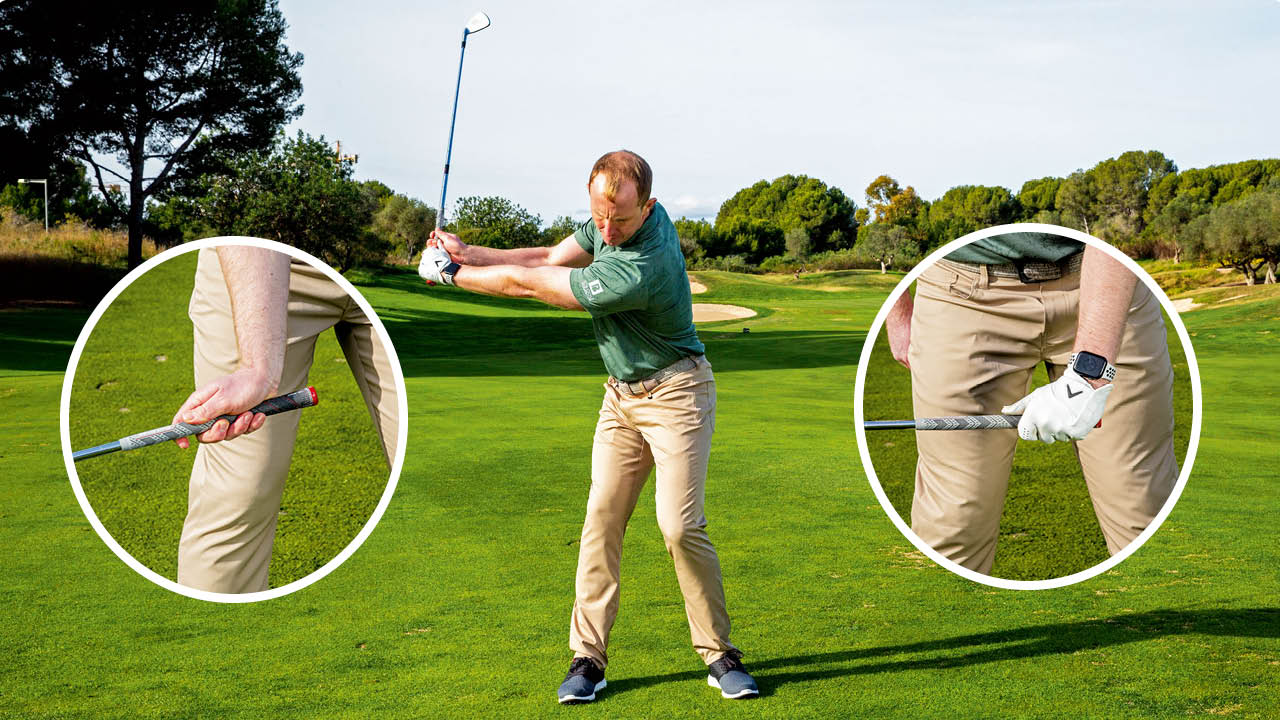
Like many golfers, you might be thinking... what is wrist hinge in the golf swing? This fundamental concept not only helps you to generate speed and power, but also create a brilliant angle of attack.
In this video, by Golf Monthly Top 50 Coach Katie Dawkins, and this article, by Golf Monthly Top 50 Coach John Howells, we explore wrist hinge in the golf swing and give you all the information you need...
What is wrist hinge in the golf swing?
The wrists work as a link between the lead-arm lever and the club. You almost want them to be a conduit for storing up speed in the backswing and then releasing it in the downswing, as it's the wrist hinge that allows for increased clubhead speed in a full swing. Sometimes golfers underuse the wrists in the backswing; sometimes they overuse them.
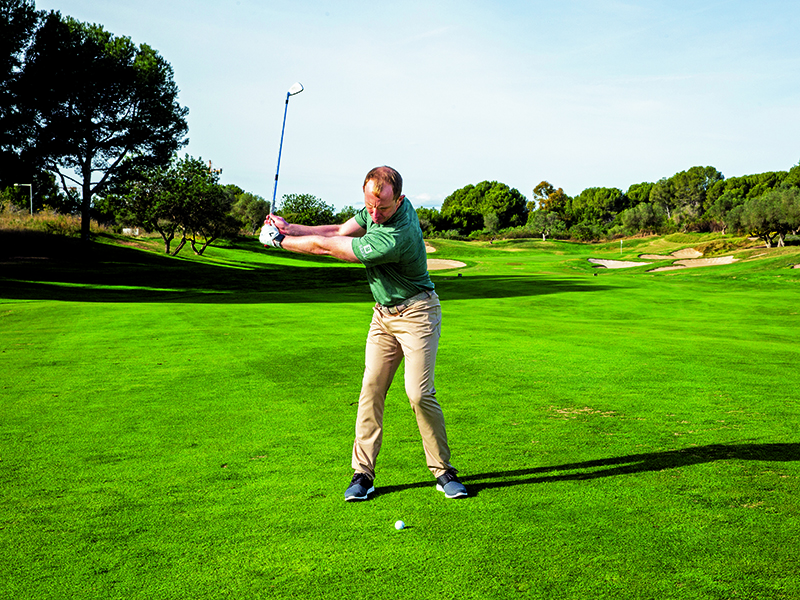
A good checkpoint is when the left arm is parallel to the ground. The angle between left arm and shaft should ideally be 90-100˚ (as demonstrated in the image above), an appropriate amount of wrist set to deliver some speed and power into the ball.
If the angle is too acute from using the wrists too much, things normally get thrown out in the downswing. This results in a cast, with the clubhead passing the hands too quickly through impact.
What does each wrist do in the golf swing?
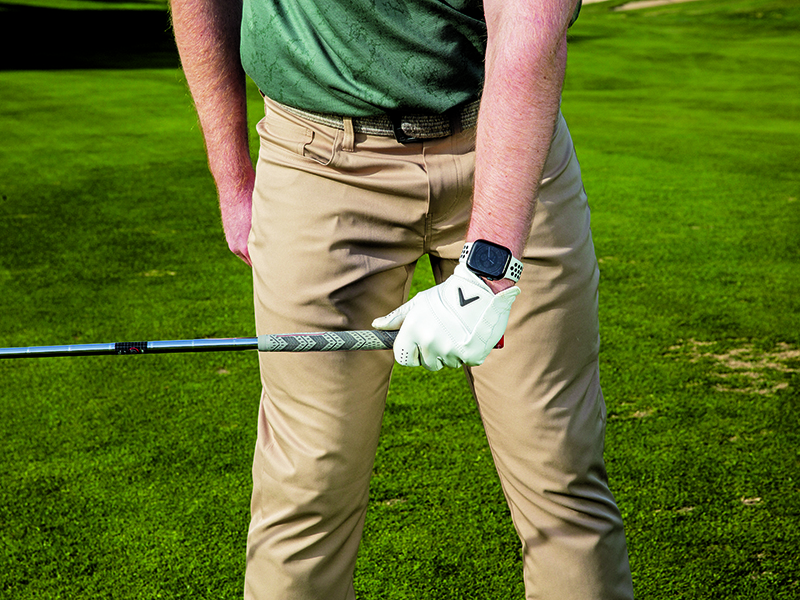
The lead wrist (above) is mainly for wrist cock or ‘radial deviation’ as it’s known. This allows the left thumb to move up towards the left forearm, almost like putting a thumb up towards your nose if your hand were in front of you.
It’s where that angle starts to be created. The trail wrist (below) is basically bending back on itself. The knuckles on the right hand move back towards the forearm, or outside of the elbow, so the palm is almost looking down at the ground. The two wrist actions are slightly different because of the formation of the grip, but they combine to create a lovely, powerful position in the backswing.
Subscribe to the Golf Monthly newsletter to stay up to date with all the latest tour news, equipment news, reviews, head-to-heads and buyer’s guides from our team of experienced experts.
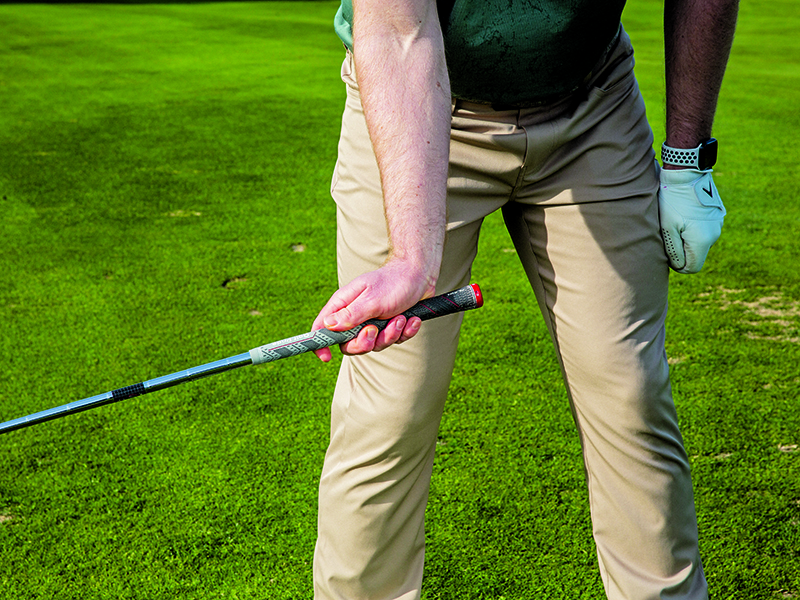
The wrists should then unleash that stored energy into a straight-line position post-impact to generate the right amount of pressure and a downward strike. The angles stored in the backswing have been released out in the downswing.
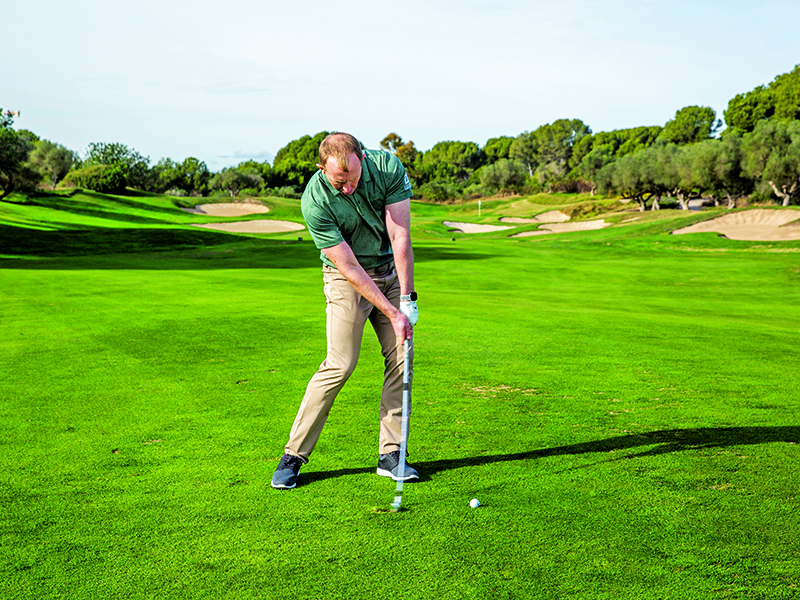
I’ve had more success in teaching where I want players to get to post-impact than in drawing attention to the impact position. You are almost guaranteeing impact would have been correct if your left arm and shaft are in this position just after the ball has gone.

Katie is an Advanced PGA professional with over 20 years of coaching experience. She helps golfers of every age and ability to be the best versions of themselves. In January 2022 she was named as one of Golf Monthly's Top 50 Coaches.
Katie coaches the individual and uses her vast experience in technique, psychology and golf fitness to fix problems in a logical manner that is effective - she makes golf simple. Katie is based in the South of England, on the edge of the New Forest. An experienced club coach, she developed GardenGOLF during lockdown and as well as coaching at Iford Golf Centre, The Caversham- Home of Reading Golf Club and Salisbury & South Wilts Golf Club.
She freelances, operating via pop-up clinics and travelling to clients homes to help them use their space to improve.
She has coached tour pros on both LET tour and the Challenge Tour as well as introduced many a beginner to the game.
Katie has been writing instructional content for magazines for 20 years. Her creative approach to writing is fuelled by her sideline as an artist.
Katie's Current What's In The Bag
Driver: TaylorMade Qi10 9degrees.
Fairway: TaylorMade Qi10 5wood
Hybrid: TaylorMade 4 & 5
Irons: TaylorMade 770 6-AW
Wedges: TaylorMade Tour Grind 4 54 & 58
Putter: TaylorMade Tour X 33"
Favourite Shoes: FootJoy HyperFlex with Tour Flex Pro Softspikes on the course.

